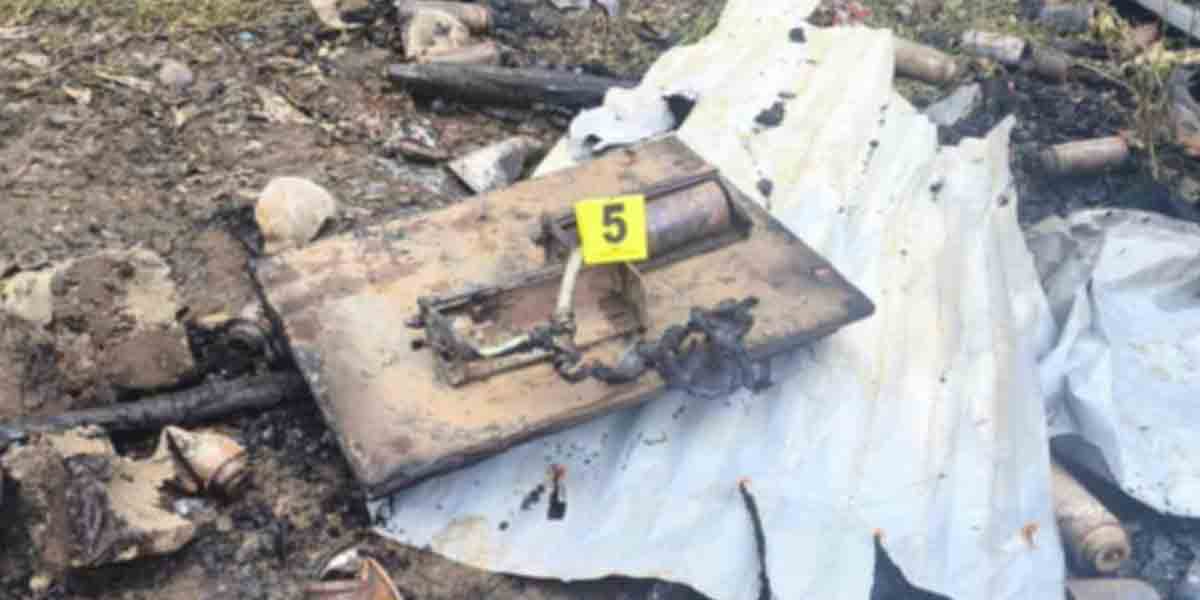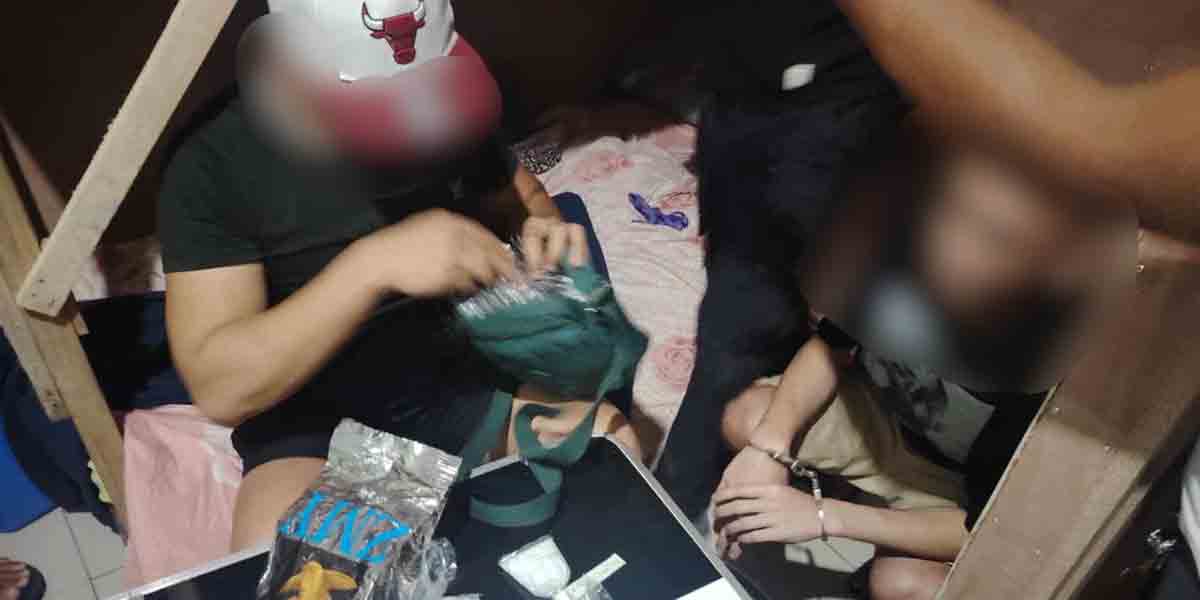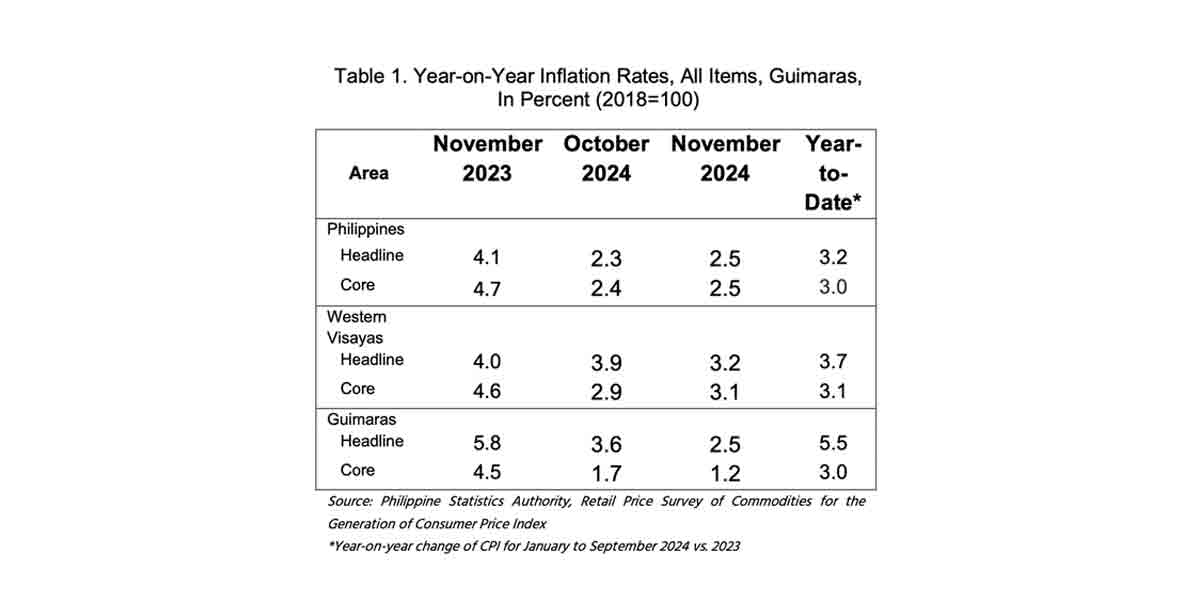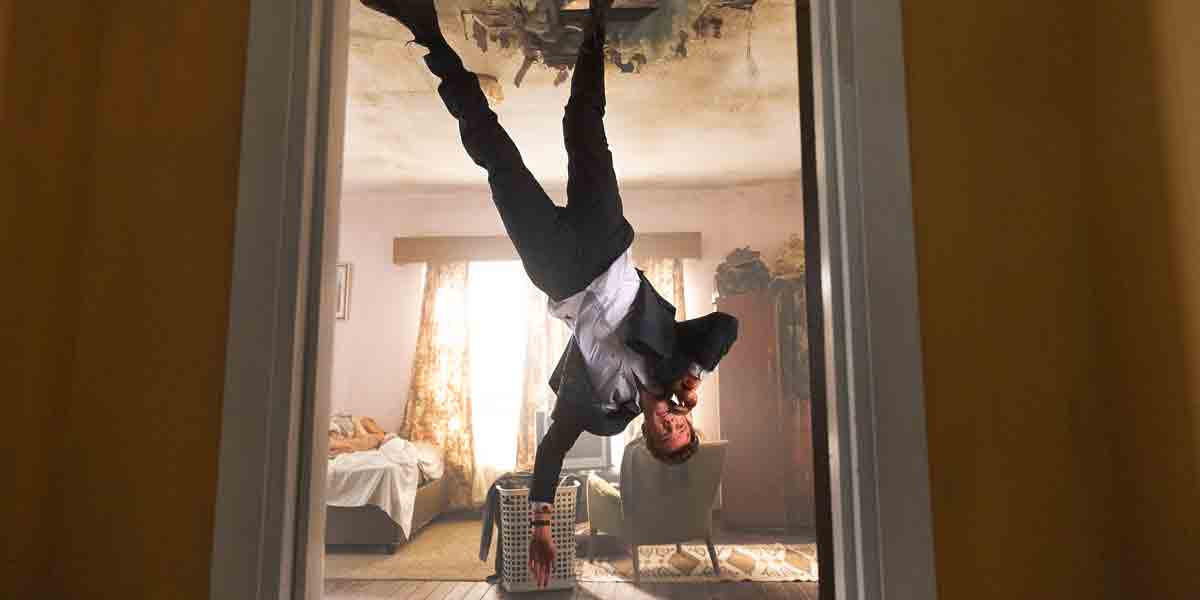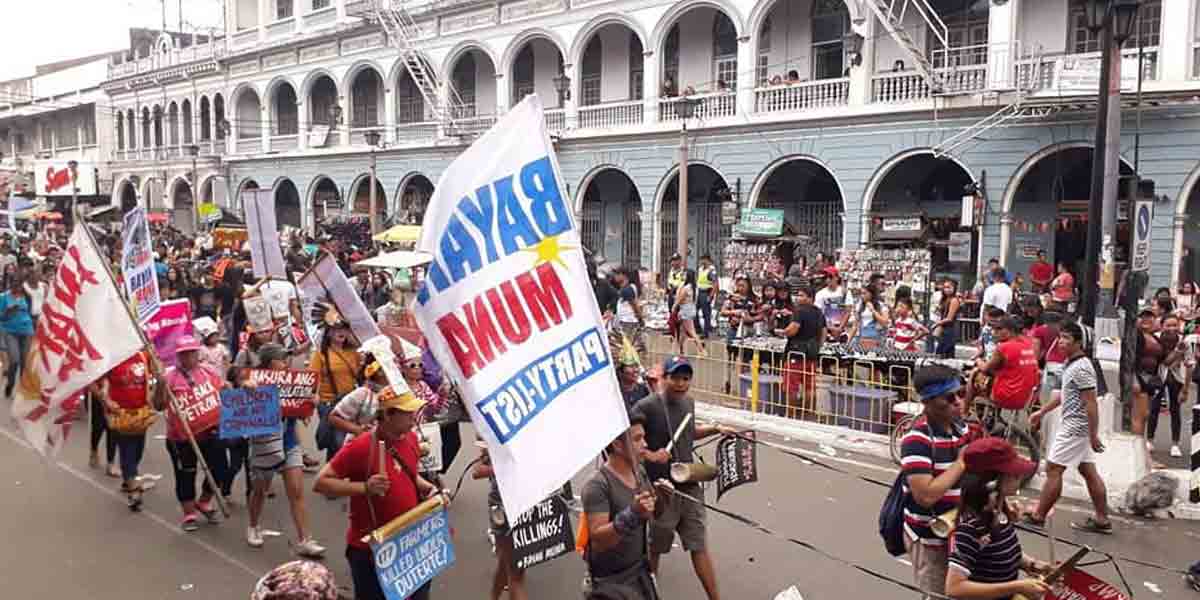
By Francis Allan L. Angelo
Long hairs, long nails, bushy beards.
This would be the common appearance of most of us once we emerge from more than a month of enhanced community quarantine.
But barber shops and salons would be among the last establishments to open in the gradual reopening of Iloilo City and the rest of Western Visayas, according to the proposed ECQ exit plan prepared by UPV Professors Maria Elisa Baliao, Rhodella Ibabao, Hanny John Mediodia, Cristabel Parcon, Juhn Cris Espia, and Vicente Balinas.
In the section of the plan entitled “Other Matters to be Given Attention in the Future,” the team pushed to allow opening of hairdressing salons and barber shops provided they abide by certain restrictions to prevent the spread of the coronavirus disease 2019 (COVID-19).
Hairdressing salons and barber shops while considered as going against the principle of physical distancing are also perceived by most residents as essential to urban living. They can be allowed to operate in the future, but they must strictly observe the required distance of at least 1 meter between chairs.
They should also clear the area of items that could help spread the virus such as magazines, newspapers, and coffee table books.
Doorknobs, chairs, and other surfaces must be sanitized every hour throughout the day. Hand sanitizers should always be available to customers.
Disposable brush and combs must be used where it is possible. Where it is not possible, these items should be washed before it can be used again provided that proof must be presented to clients that these items have been washed.
Barber/beauticians should wear masks all the time and practice frequent handwashing immediately before and after working with a customer.
The salons and shops should maintain a NO MASK NO ENTRY POLICY and should limit the number of people inside the salon or shop based on the 1-meter distance between persons.
The number of people gathering outside the salon/shop should be limited through queue management solutions. These include asking customers to fill-out a numbered form that contains his/her name, address, sex, age and telephone number. The form serves both as a number card and identification card that will be used for calling out the customers when there are seats available.
Hairdressing salons’ operation are only limited to trimming and dyeing hair and hair and make-up services.
Also, a task force should be created to monitor and regulate the activities of these businesses because they can easily help spread COVID-19. It must make sure that every salon and barber shop has a thermal scanner to check the customers’ body temperatures.
OTHER ISSUES AND CONCERNS
There are also issues and concerns that must be addressed by the local government during the gradual lifting of the ECQ.
Some of these concerns are:
- What is the LGU’s way of encouraging restaurants to tie up with third party food service deliveries?
- What will be the LGU’s monitoring scheme in the construction sector when most of these projects are small residential structures?
- What is the LGU’s way of having a quick but correct screening of quarantine passes by personnel manning the checkpoints when passes are not in standard format?
- Will free transport be provided for health workers after April 30?
- What is the social acceptability of having a complete lockdown on Sundays so that the city can “sanitize”?
UPV team also proposed a review of policies and guidelines after a month of the gradual lifting.
The Iloilo City government is still gathering inputs from various sectors even as the national government reviews the proposal to extend the ECQ in Panay, including Iloilo City and Iloilo province.


